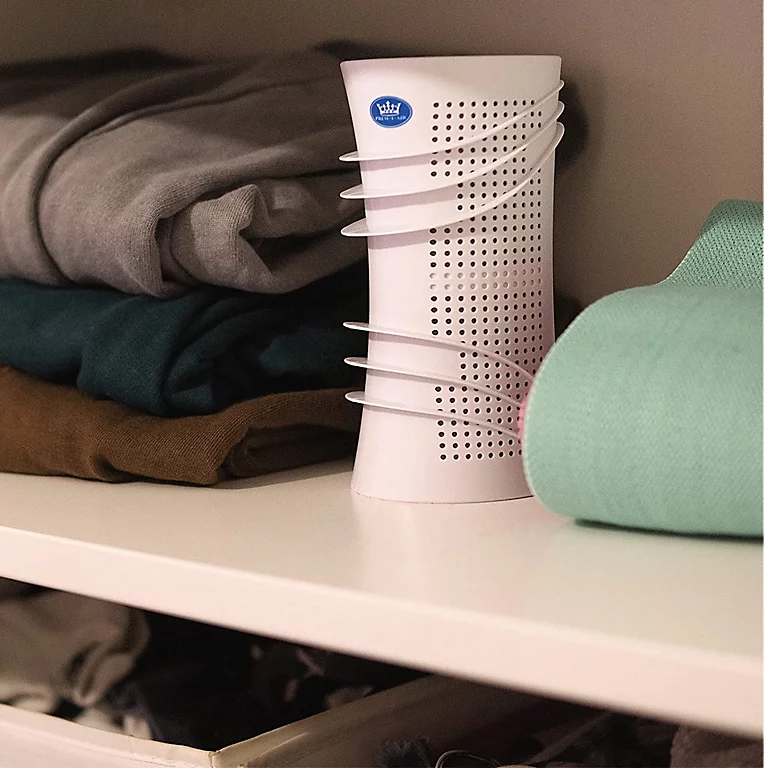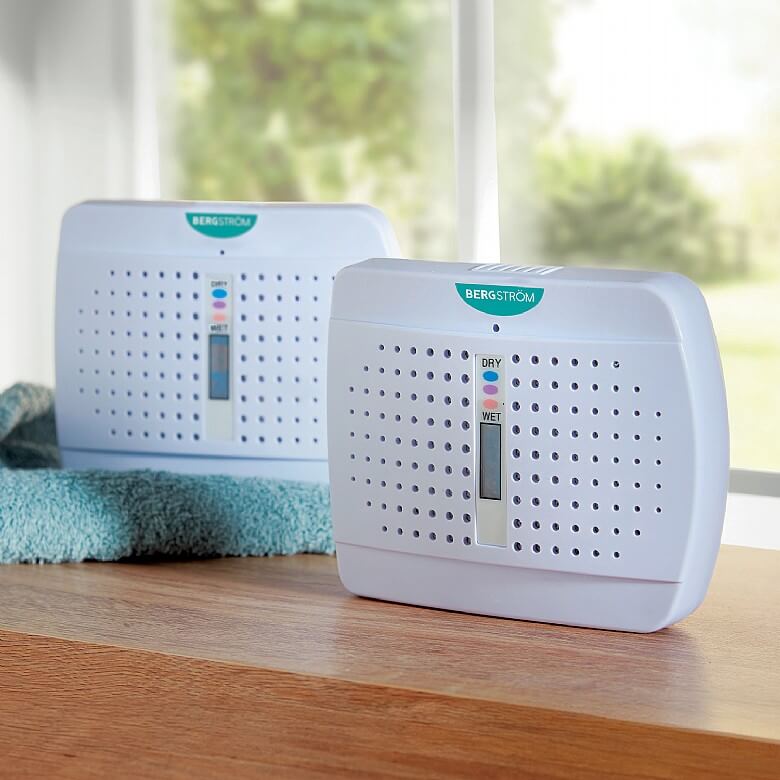Rechargeable dehumidifiers — What are they, how to use one and where to buy one
Rechargeable dehumidifiers may seem like a cheap fix for your damp and condensation problems, but are they up to the job? Find out if buying one is worth it or if they're simply a damp squib
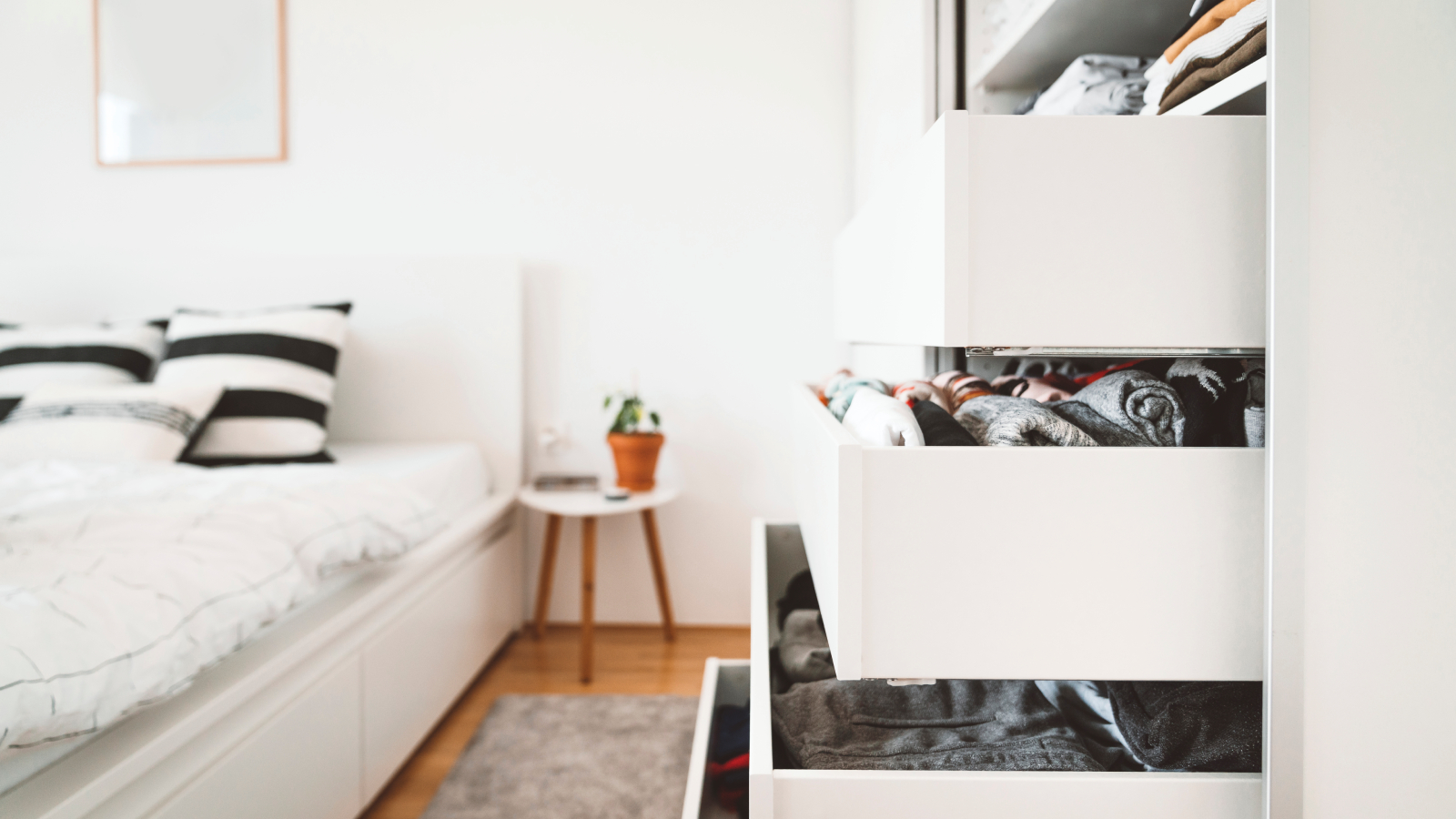
Rechargeable dehumidifiers on first impression may seem like a temptingly cheap version of their larger counterparts. Operating in a similar way to plug-in electric dehumidifiers in terms of absorbing residual moisture in the air to help remove damp and condensation, they appear to do the same job – but generally at a lower cost.
The real question is does their cost reflect their ability? Are they an alternative to the best dehumidifiers or are they simply too small to be of any use?
I take a look at this bite-size dehumidifier option to see if it has any valuable use within your home.
Are rechargeable dehumidifiers the same as portable dehumidifiers?
Given most domestic dehumidifiers can be moved around the home, the word portable can be applied to most types of dehumidifier. While those with a larger tank capacity such as the Pro Breeze 20L dehumidifier may be a little more cumbersome, they can nonetheless still be placed around the home and aren't limited to one fixed location. As long as you have a plug socket, they can be plugged in and used.
The confusion regarding rechargeable dehumidifiers can come when looking at mini dehumidifiers such as this Mini Portable Dehumidifier from Amazon . The word portable and mini could make it easy to assume it is rechargeable, or perhaps battery operated. However, make sure you clearly read the description before you buy any dehumidifiers like this as they still need mains power to work.
What mainly differentiates rechargeable dehumidifiers from other types such as desiccant vs compressor dehumidifiers comes down three factors – their tiny size, how they absorb water and where you should use them.
How do rechargeable dehumidifers work?
Rechargeable dehumidifiers such as this Pro Breeze Mini Rechargeable Dehumidifier from Amazon, work by using silica gel capsules to absorb the moisture. As the beads absorb moisture, a colour indicator changes from orange to green. This differs from most models such as the Delonghi DEX212F 12L Tasciugo AriaDry Dehumidifier which has a water tank to collect the moisture droplets.
On a rechargeable dehumidifier, there is a simple display on the front of the unit, which changes colour to signify when the capsules have absorbed their maximum capacity of water. Once full, the rechargeable dehumidifier is plugged back in for around 8-10 hours, during which time the capsules are dried and it's ready to go again. Most products claim not to need the capsules replacing at any time, and once charged should offer around 20 to 30 days of use.
However, how long before the next charge will likely depend more on when the capsules have reached their absorbency capacity. With models such as this claiming to absorb 5 floz of water, in areas with a high moisture level, they would need recharging very frequently.
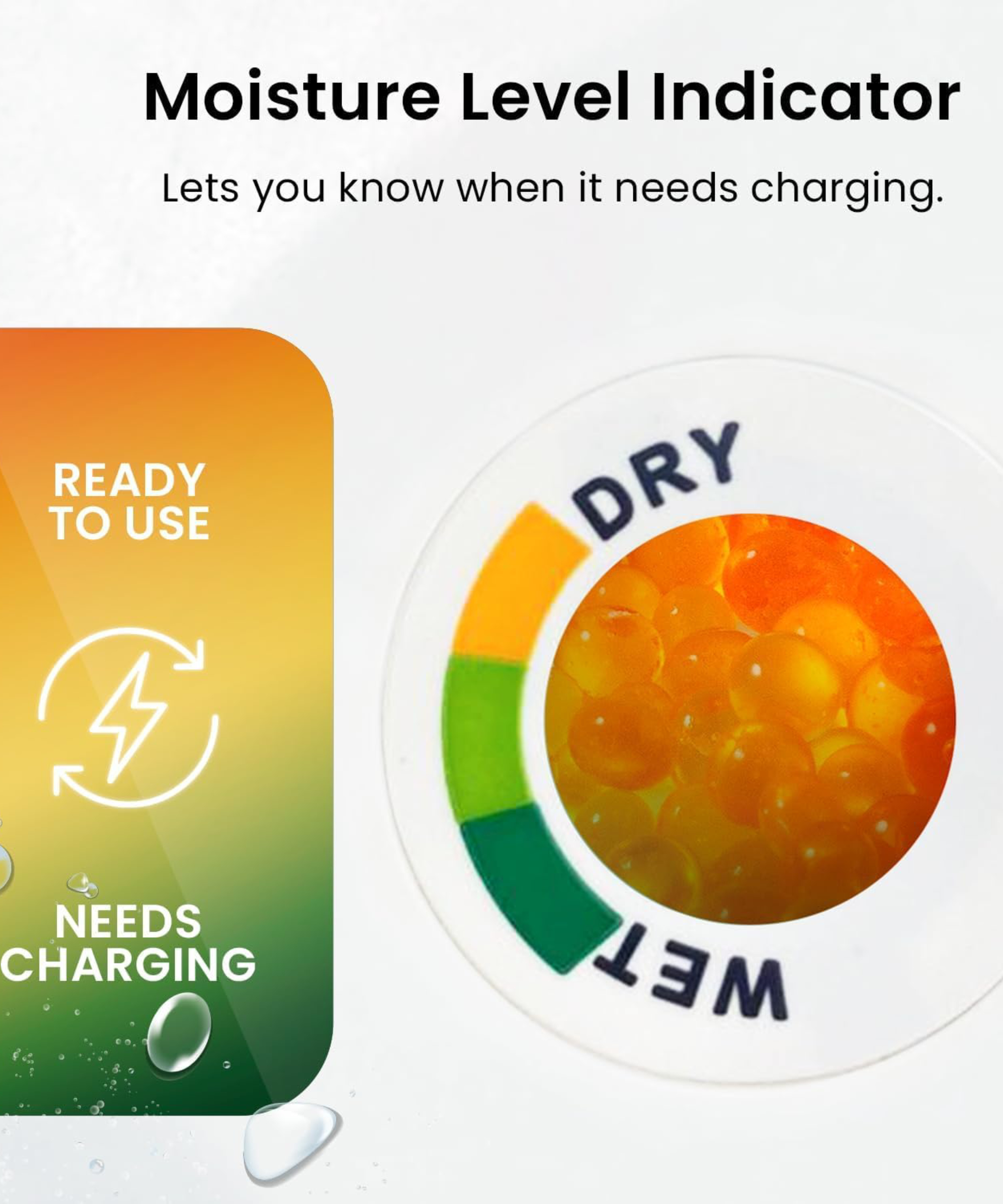
Where should I use a rechargeable dehumidifier?
If you're thinking a rechargeable dehumidifier could be good to use in a bathroom as it doesn't require electricity, don't get too carried away. These are tiny units that aren't suitable for large spaces in any shape or form.
In fact, according to the experts, "there is no such thing as a battery or rechargeable dehumidifier. There are gimmicks for small cupboards that use an absorbent gel that can be reheated to dry out," confirms Chris Michael, managing director at Meaco.
They're mainly sold as best for absorbing moisture in smaller spaces such as cupboards and drawers and certainly aren't a solution for larger problems such as damp in your loft, walls or ceilings.
Where can I buy rechargeable dehumidifiers?
Rechargeable dehumidifiers available on-line
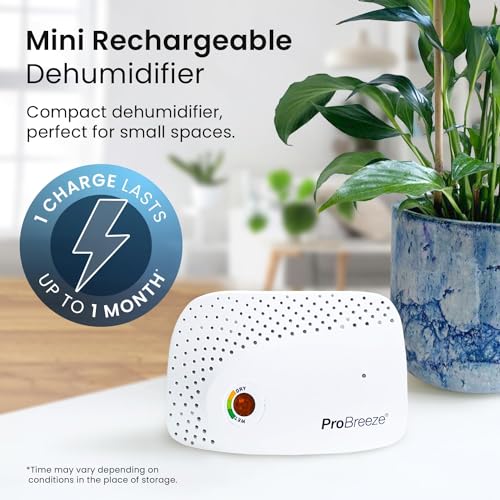
A compact dehumidifier for small spaces in a white finish with clear wet/dry display
If you're looking at some of the main dehumidifier retailers in the hope of finding a rechargeable option, other than Pro Breeze, I couldn't find any of the other brands selling them – perhaps because they are closer to moisture absorbers such as the Unibond Aero 360 Moisture Absorber, than they are dehumidifiers.
Instead try Amazon or B&Q for rechargeable dehumidifiers, along with eBay and Appliances Direct. But, out of all the options, other than the shoe-attachable dehumidifier below from B&Q, they are all fairly standard units white units.
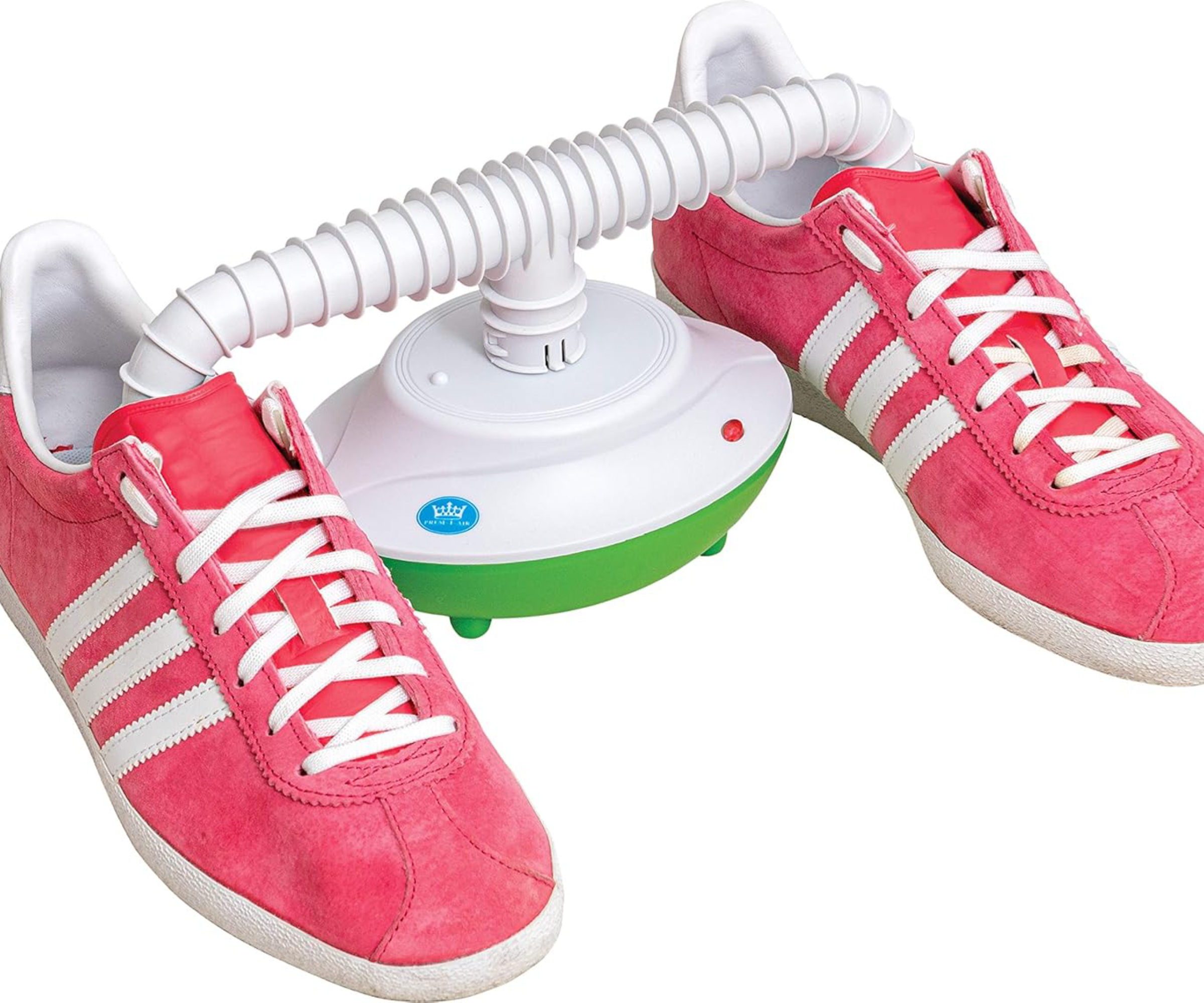
My verdict on rechargeable dehumidifiers
In much the same way as buying a budget dehumidifier vs a premium dehumidifier, it feels as if buying a rechargeable dehumidifier is likely to leave you feeling it wasn't your best purchase. Having tried a moisture absorber in the past, while it collected water, it never seemed to remove it from anywhere, so I'd say a rechargeable one certainly won't deal with your window condensation, solve any damp issues or dry your clothes. For that, it's best to stick to a mains powered version.
The main benefit of a rechargeable dehumidifier over a moisture absorber would seem to be it's more sustainable as you don't have to dispose of any items once the moisture absorber unit is wet – instead, you plug back in and use again.
That said, with two sons heavily involved in football and rugby during the winter, I admit to being tempted to try out the rechargeable dehumidifier with the shoe attachment for the wet boot aroma that invades my hallway.
Dealing with a bigger damp issue? Find out how to treat damp and once the problem's resolved, how to remove mould from walls without damaging paint.
Get the Homebuilding & Renovating Newsletter
Bring your dream home to life with expert advice, how to guides and design inspiration. Sign up for our newsletter and get two free tickets to a Homebuilding & Renovating Show near you.

Sarah is Homebuilding & Renovating’s Assistant Editor and joined the team in 2024. An established homes and interiors writer, Sarah has renovated and extended a number of properties, including a listing building and renovation project that featured on Grand Designs. Although she said she would never buy a listed property again, she has recently purchased a Grade II listed apartment. As it had already been professionally renovated, she has instead set her sights on tackling some changes to improve the building’s energy efficiency, as well as adding some personal touches to the interior.
